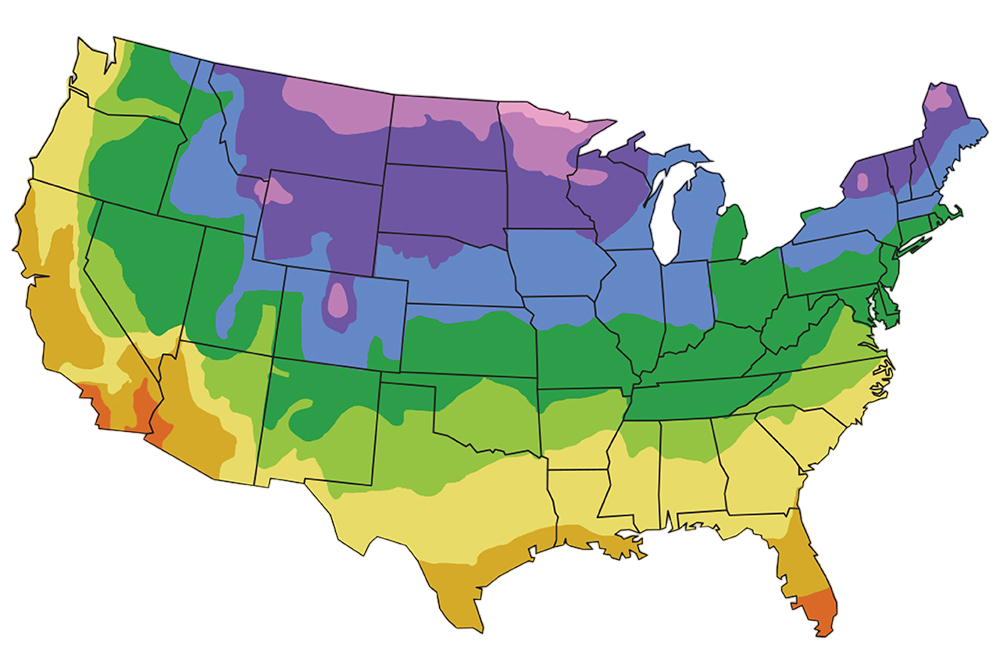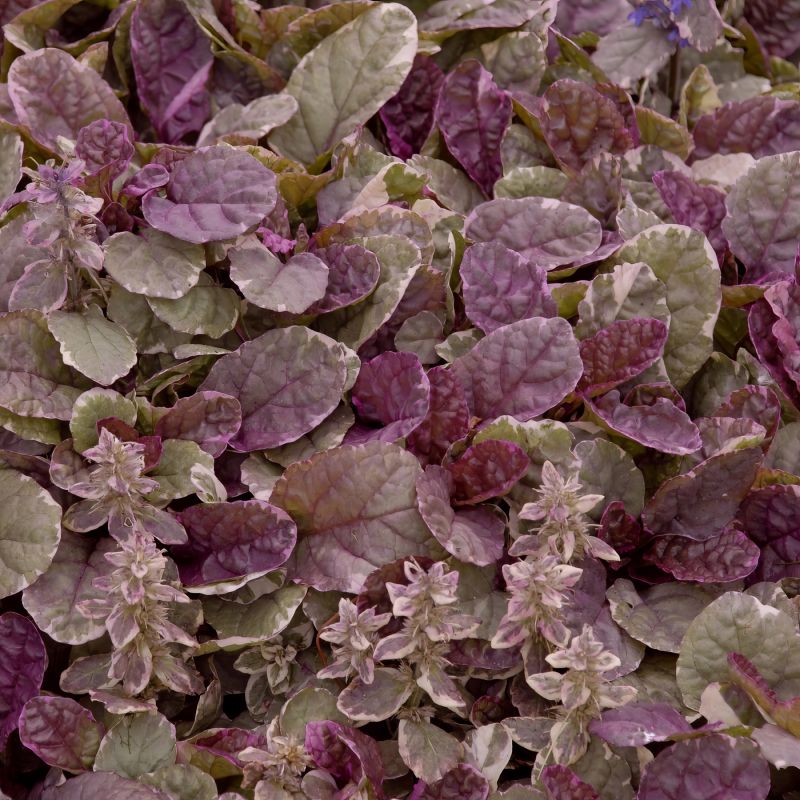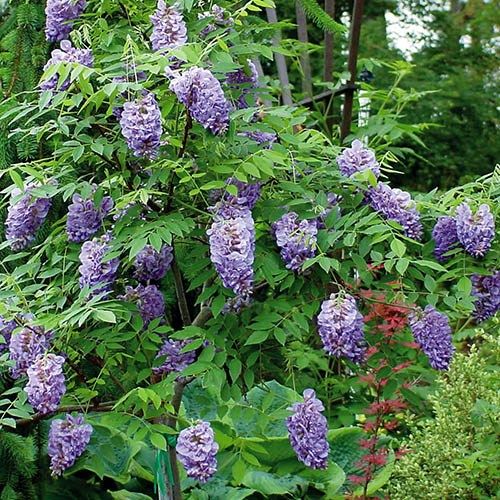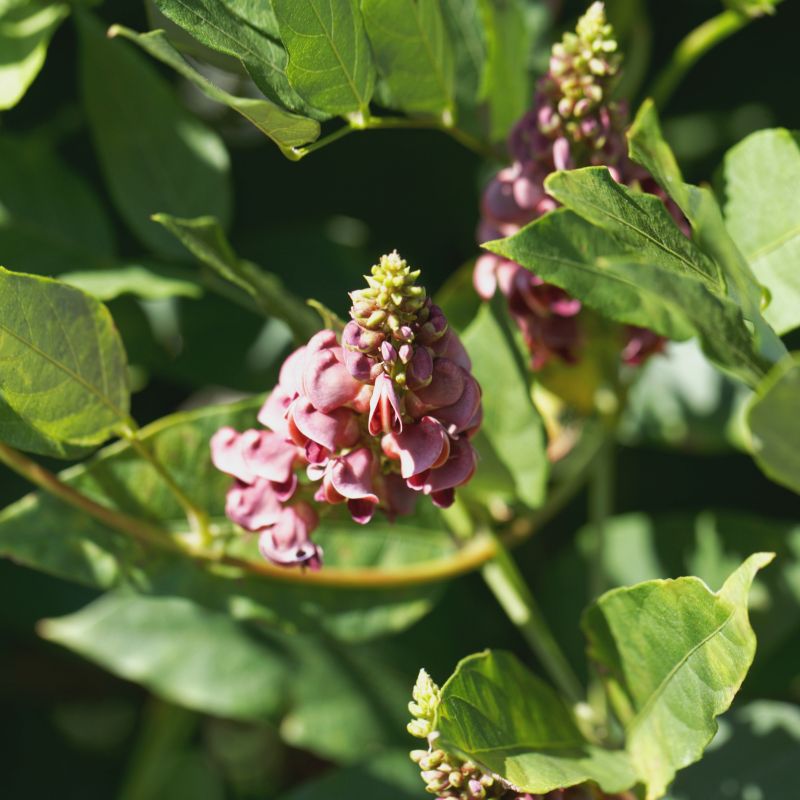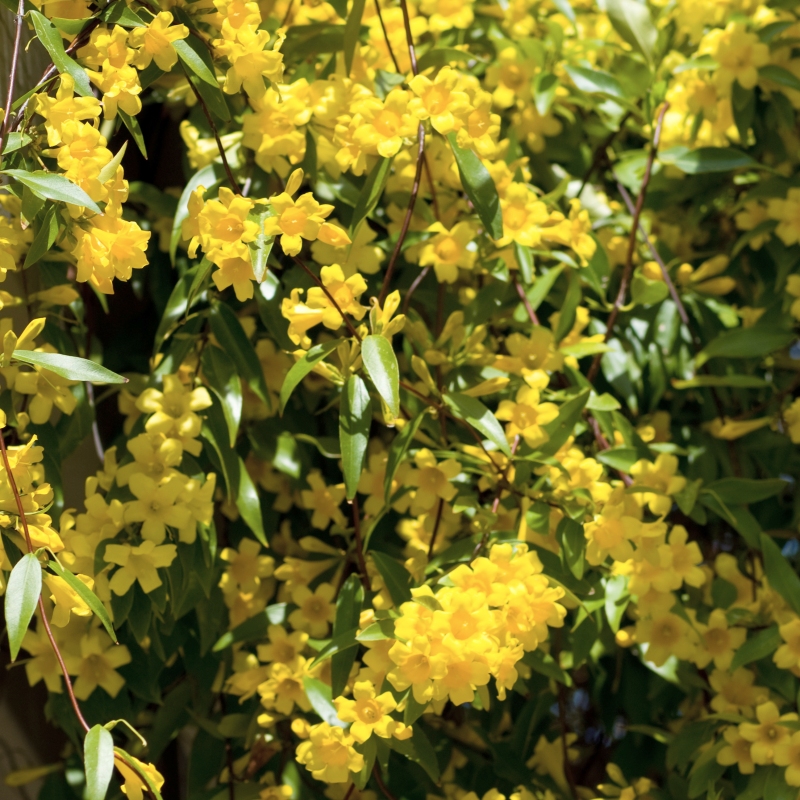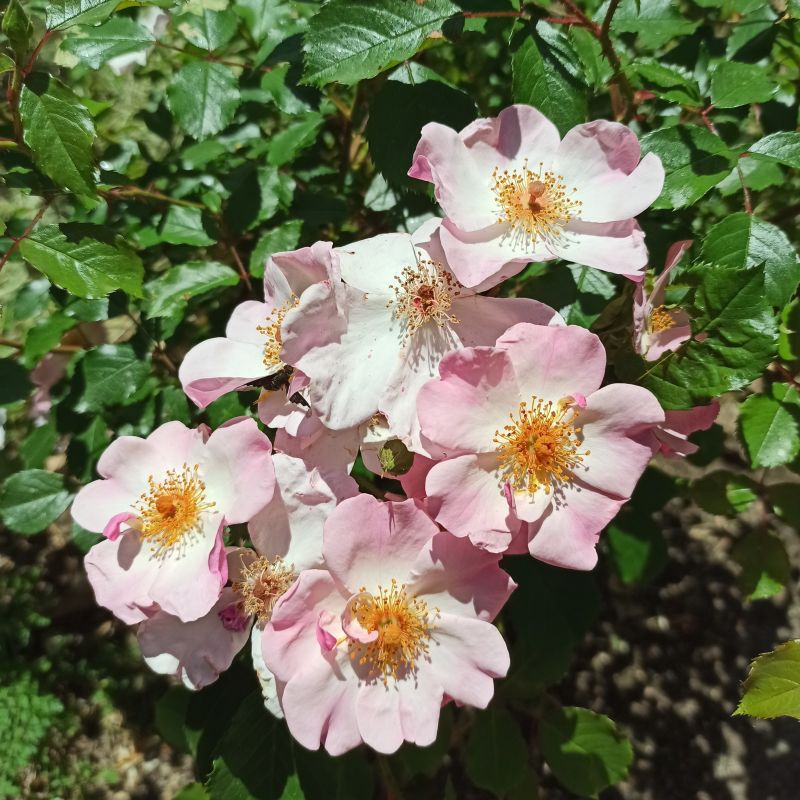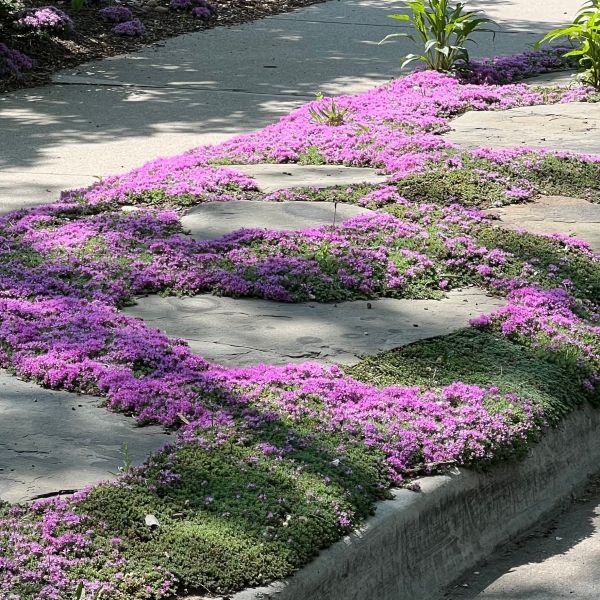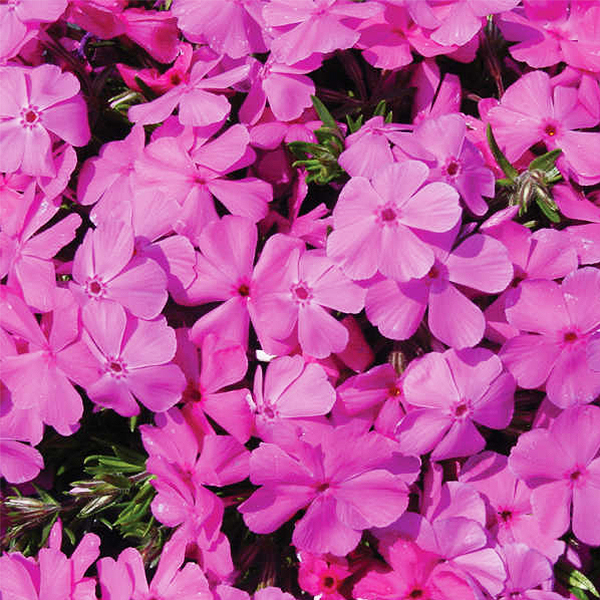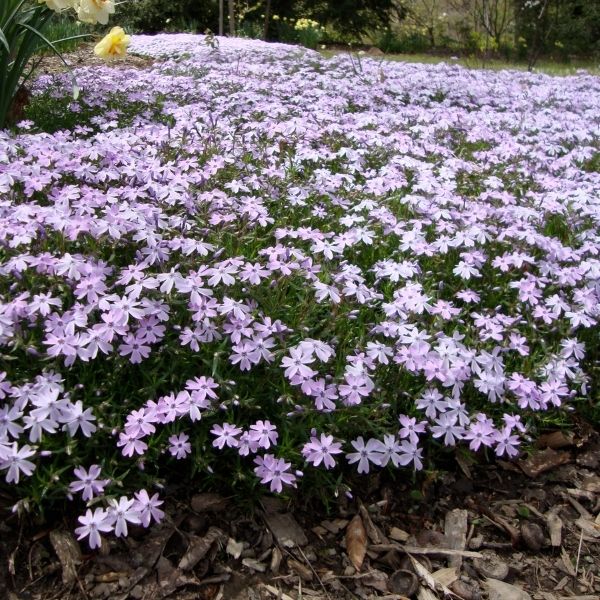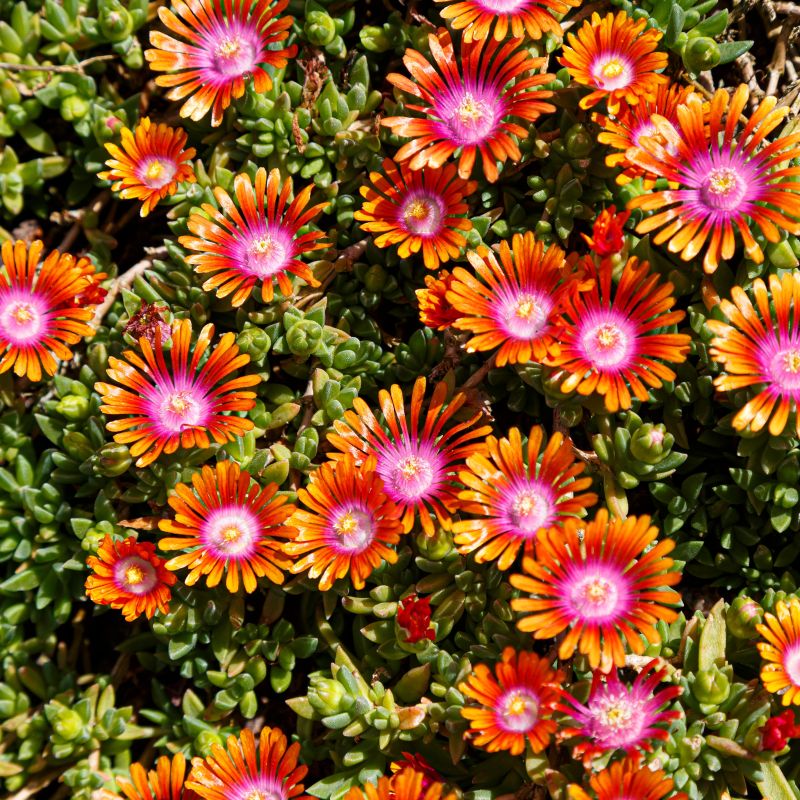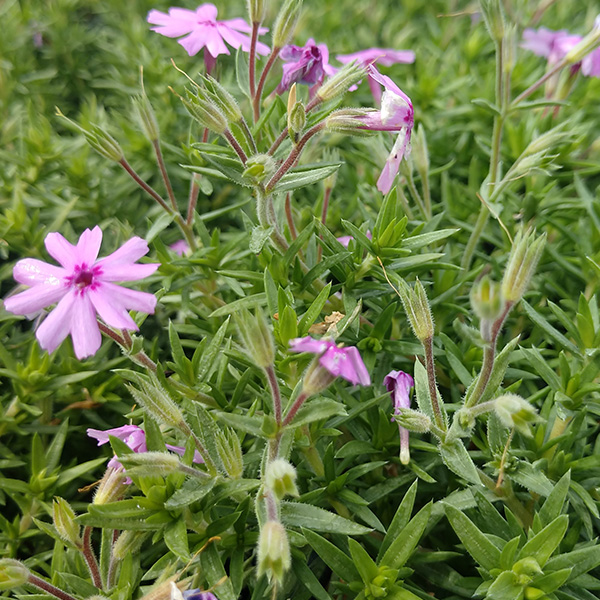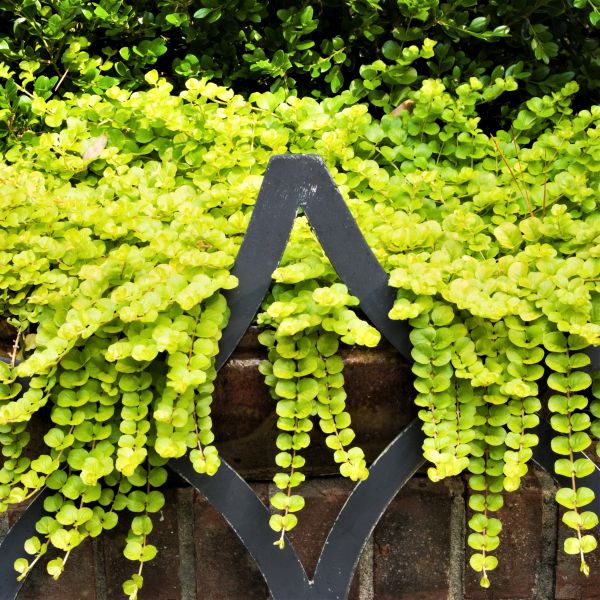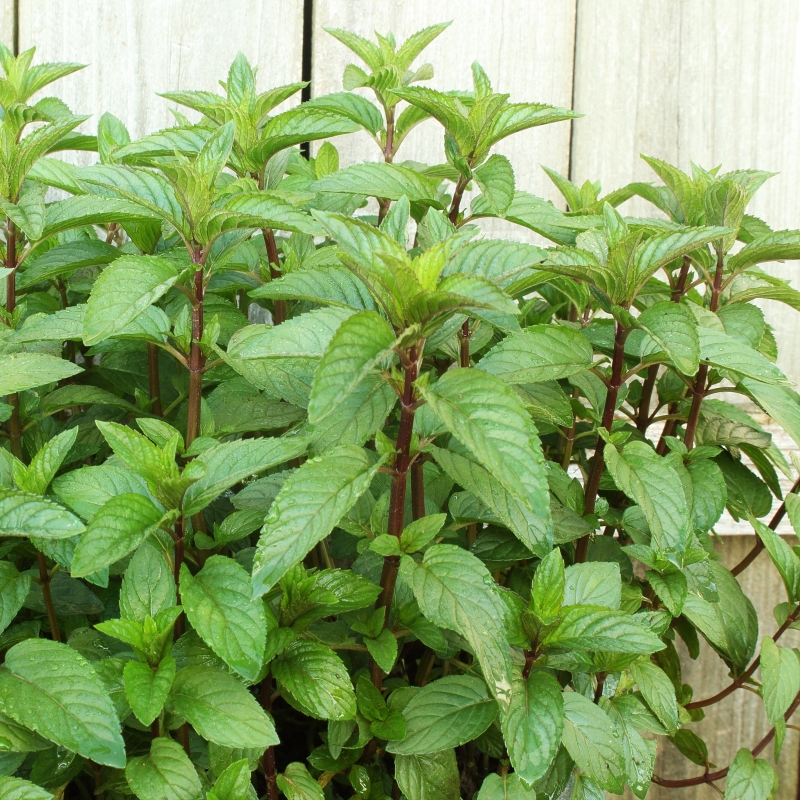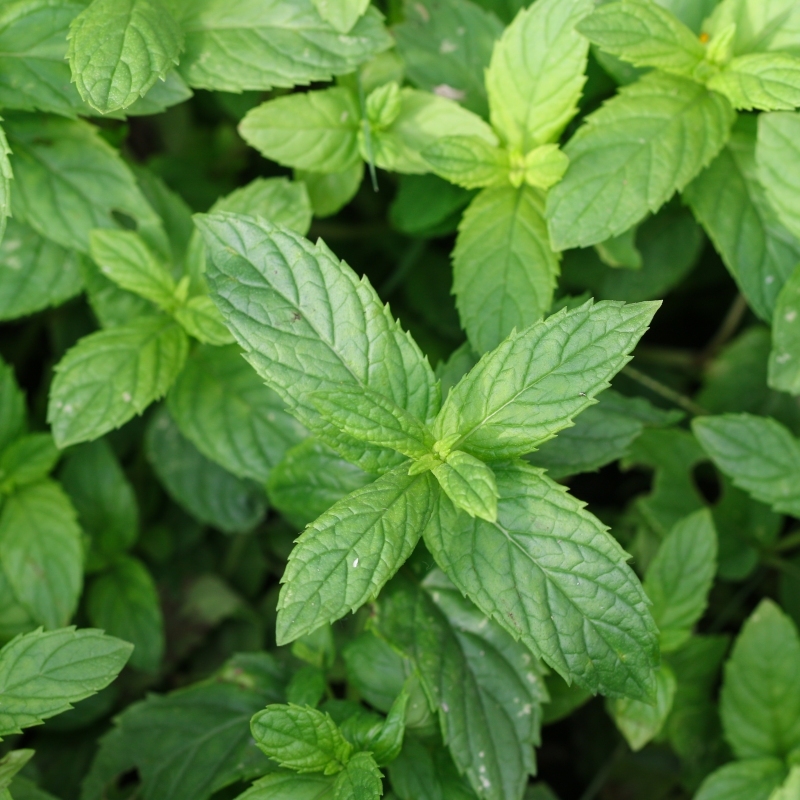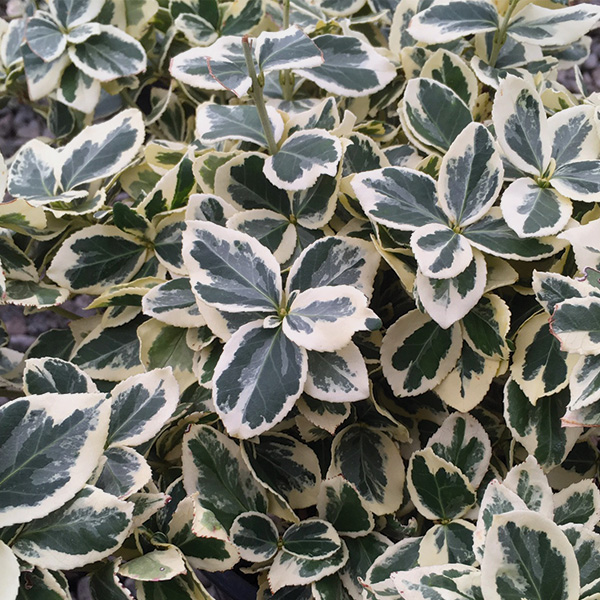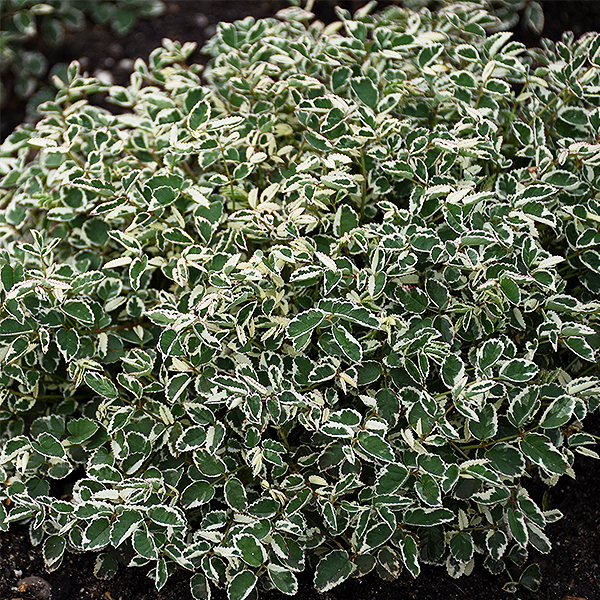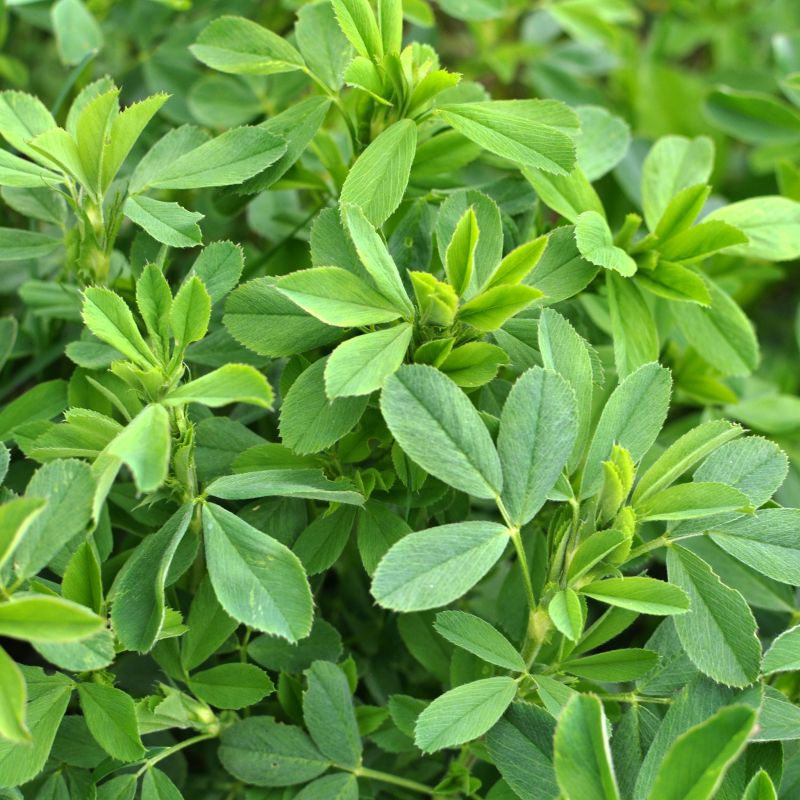

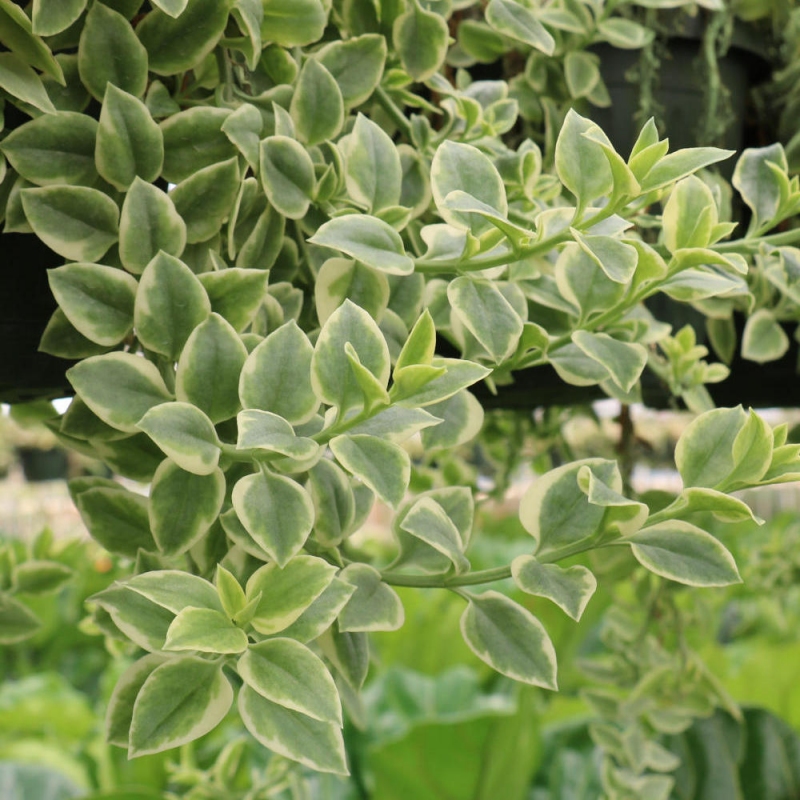
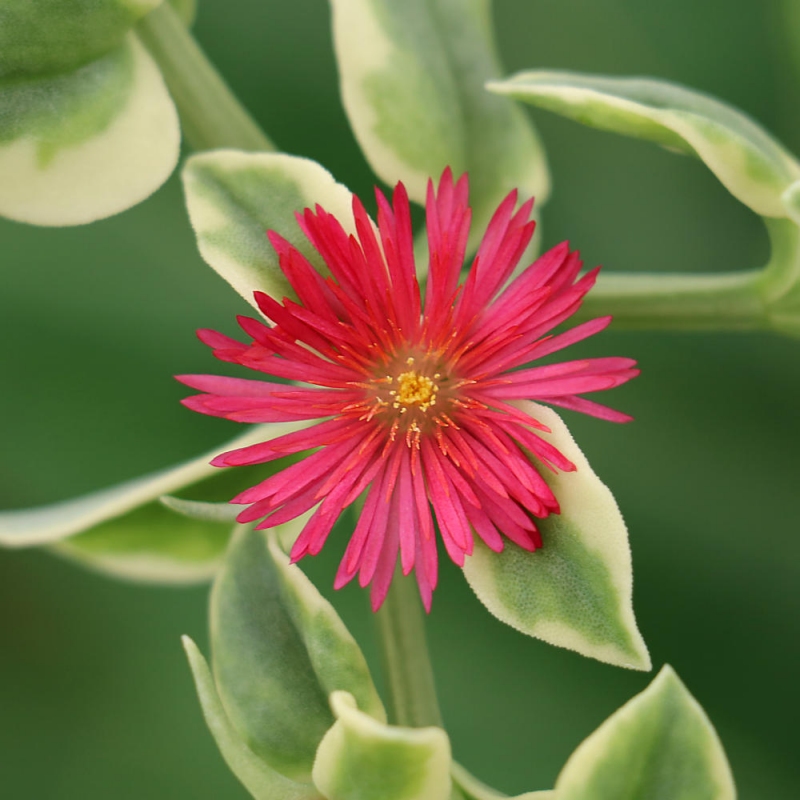
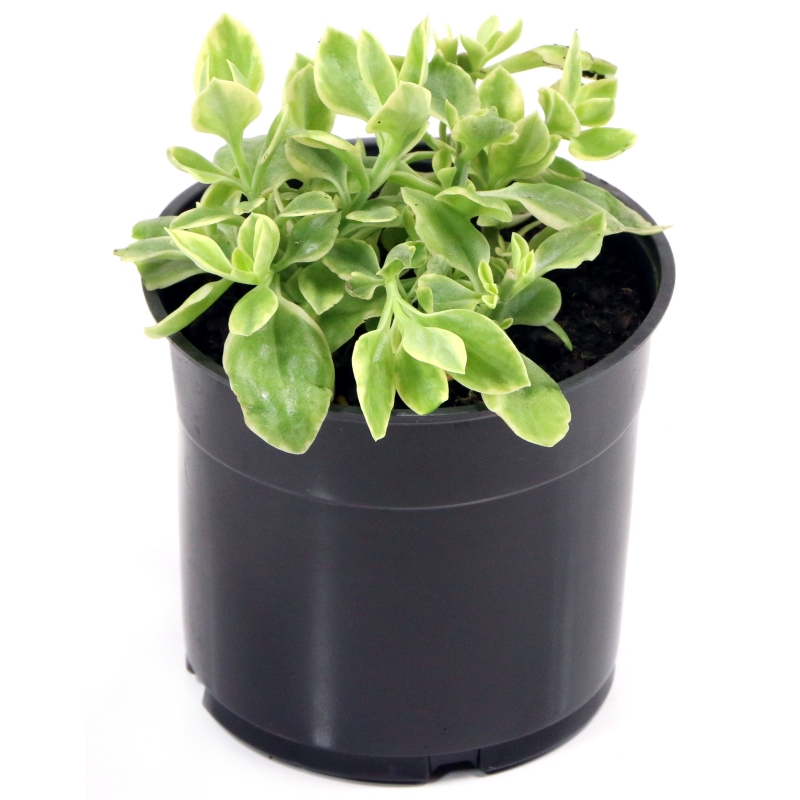
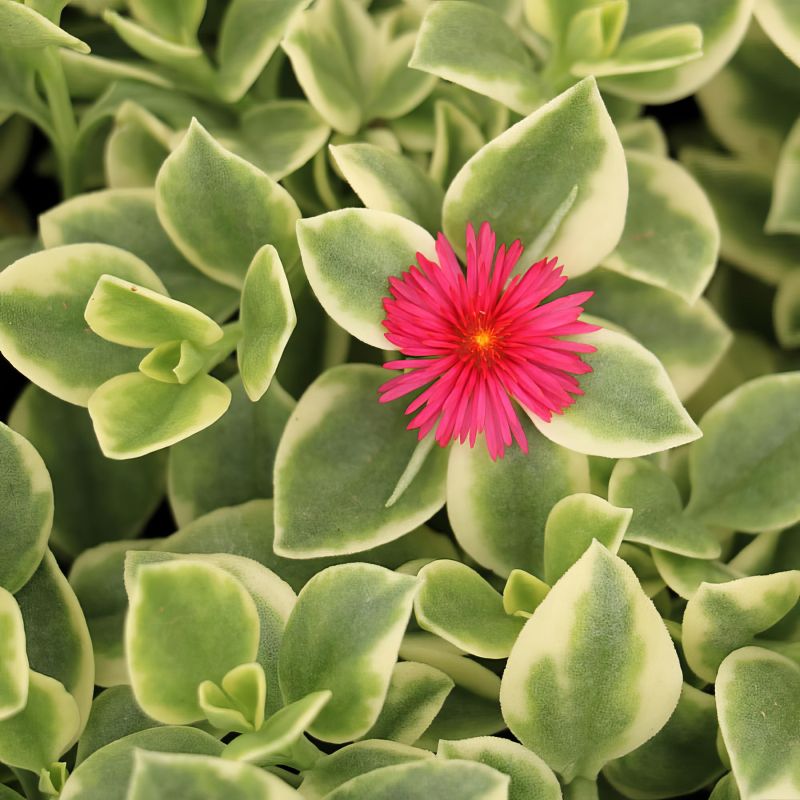
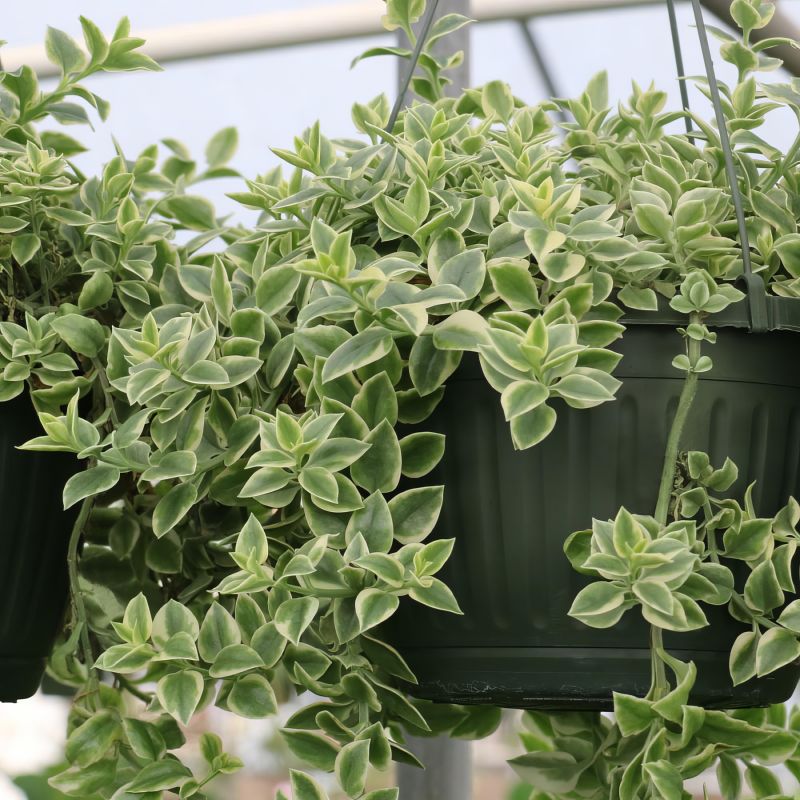
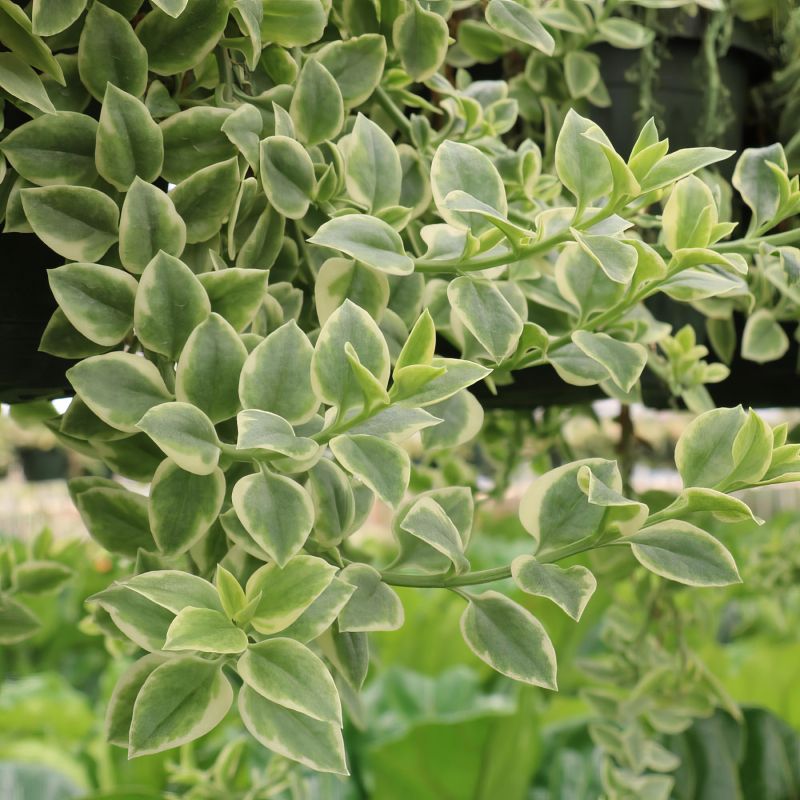
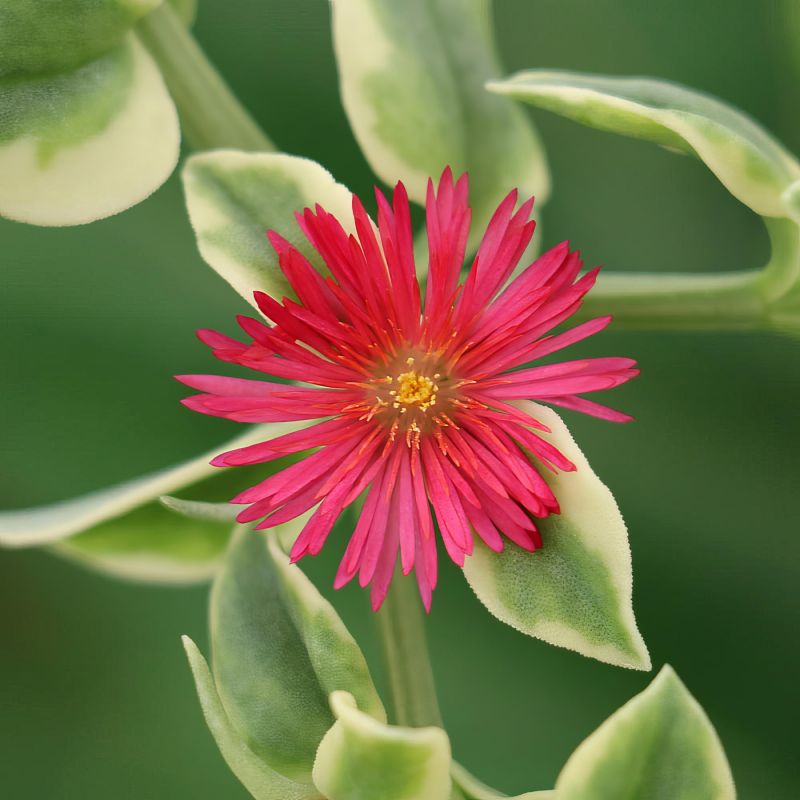
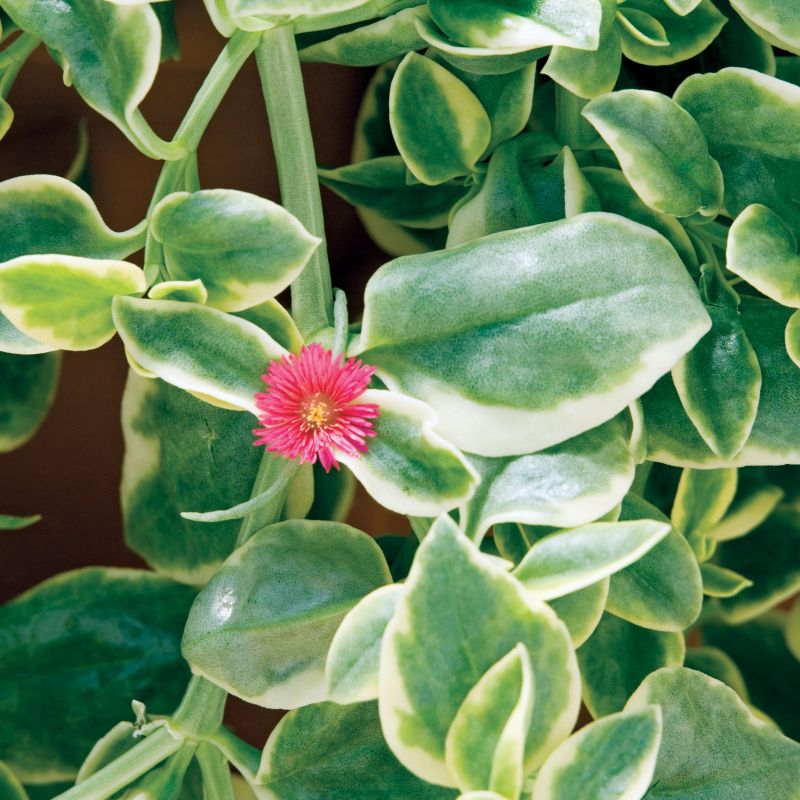

Dorotheanthus, Livingstone Daisy
Dorotheanthus bellidiflorus Mezoo
18 reviews
Dorotheanthus, Livingstone Daisy
Dorotheanthus bellidiflorus Mezoo
18 reviews
- Drought tolerant plant that requires minimal water
- Produces colorful, daisy-like flowers in shades of pink, purple, white, and yellow
- Thrives in full sun and well-draining soil
- Recommended by landscape designers for optimal fit in real yards
$60.00
$86.00
30% Off
- Ships to 43215 in 3 to 7 days
- Free Shipping Over $150
- Plant Arrival Guarantee
- In Stock
- Free Plant Consult
$200 - Landscape-Approved: Every Plant We Sell Comes With Design Expertise Behind It
5.5"
Not just beautiful - intentionally selected by ShrubHub's 3D landscape design team to fit real-world spaces and maximize yard potential.
Why Dorotheanthus, Livingstone Daisy?
Dorotheanthus, also known as Livingstone Daisy, is a low-growing succulent plant native to South Africa. With brightly colored flowers that bloom profusely in shades of pink, purple, orange, and red, this drought-tolerant plant is a popular choice for adding vibrant color to gardens and landscapes. Its trailing nature also makes it ideal for hanging baskets or as ground cover.
People who loved this plant also bought
Sunlight
Dorotheanthus, or Livingstone Daisy, requires full sunlight to thrive. It prefers at least 6 hours of direct sunlight each day to ensure healthy growth and vibrant blooms. Plant in a sunny location with well-draining soil for best results.
Watering
Dorotheanthus, Livingstone Daisy, requires regular watering during the growing season, with soil kept consistently moist but not waterlogged. It is important to allow the soil to dry out slightly between waterings to prevent root rot. Avoid overhead wateri
Fertilizing
Dorotheanthus, Livingstone Daisy, prefers well-draining soil with a low to moderate level of fertility. It is recommended to use a balanced slow-release fertilizer with an NPK ratio of 10-10-10 every 6-8 weeks during the growing season to promote healthy g
Plant Information:
| Botanical Name: | Dorotheanthus bellidiflorus Mezoo |
| USDA Zones: | 5 - 11 |
| Mature Height: | 5 in |
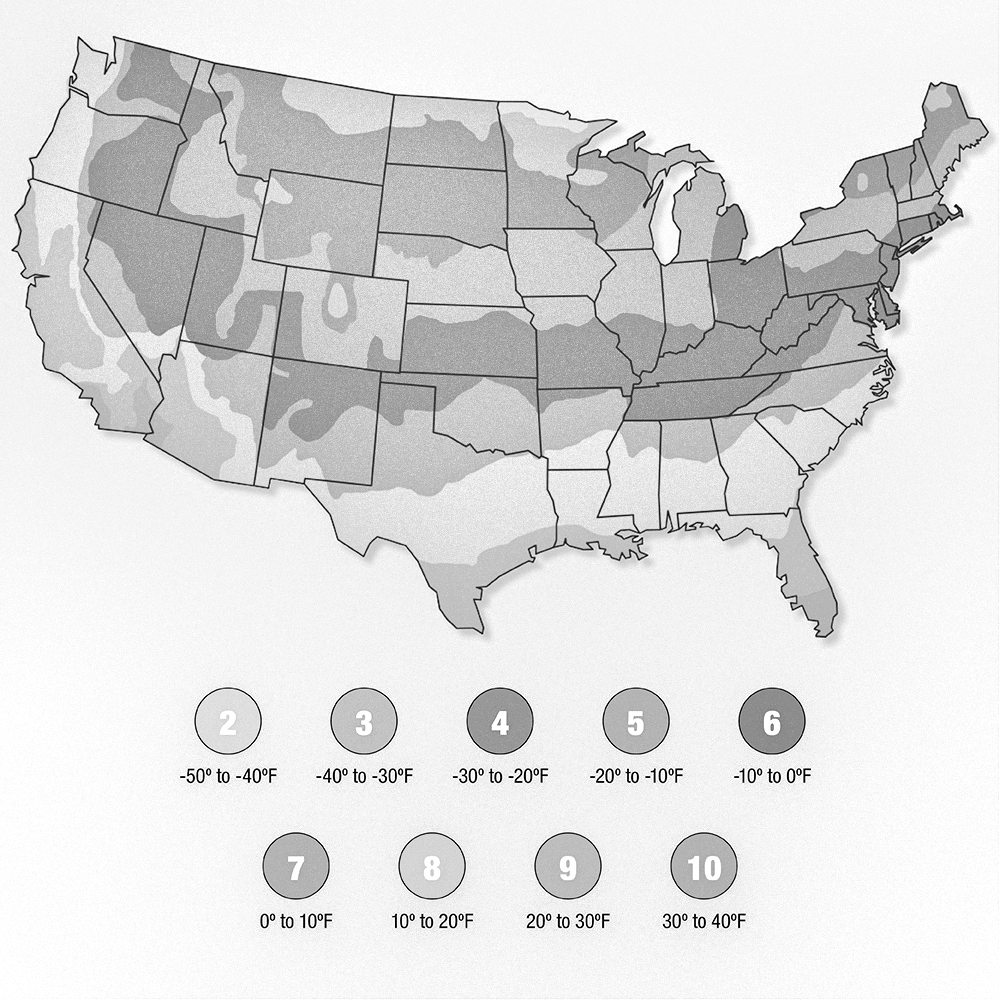

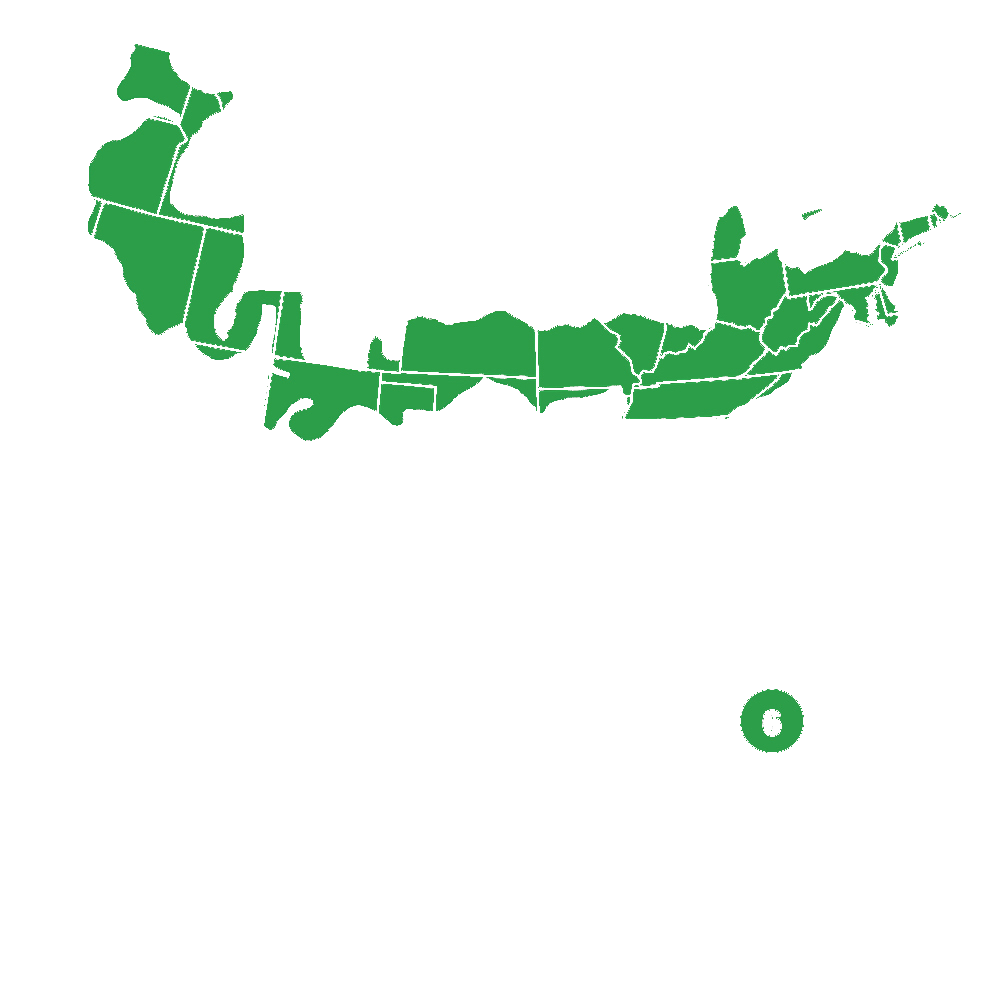




Pollination Info
Pollination Info for Dorotheanthus, Livingstone Daisy
The Livingstone Daisy (Dorotheanthus bellidiflorus Mezoo) is a popular plant known for its brightly colored flowers that attract pollinators such as bees, butterflies, and other insects. The plant produces showy daisy-like flowers that come in a variety of colors, including shades of pink, purple, red, white, and yellow.
Pollination Process
During the blooming season, the Livingstone Daisy produces nectar to attract pollinators. Bees and butterflies are particularly attracted to the bright colors and sweet scent of the flowers. As they visit the flowers to collect nectar, they inadvertently transfer pollen from one flower to another, facilitating the process of pollination.
Benefits of Pollination
Pollination is essential for the reproduction of flowering plants like the Livingstone Daisy. Through pollination, pollen is transferred from the male reproductive organs of a flower to the female reproductive organs, leading to the formation of seeds. This process ensures genetic diversity and the continued survival of plant species.
How to Attract Pollinators
To attract pollinators to your garden and promote pollination of your Livingstone Daisy plants, consider planting other flowering plants nearby to provide additional food sources for bees, butterflies, and other pollinators. Avoid using pesticides that may harm beneficial insects and pollinators.
FAQ
Frequently Asked Questions about Dorotheanthus, Livingstone Daisy
What is Dorotheanthus, Livingstone Daisy?
Dorotheanthus, Livingstone Daisy (Dorotheanthus bellidiflorus Mezoo) is a species of flowering plant native to South Africa. It is known for its colorful, daisy-like flowers and is commonly grown as a low-maintenance ground cover or container plant.
How do I care for Dorotheanthus, Livingstone Daisy?
Dorotheanthus, Livingstone Daisy thrives in full sun and well-drained soil. Water regularly, but be careful not to overwater as this can cause root rot. Fertilize occasionally with a balanced fertilizer to promote healthy growth and flowering.
When should I plant Dorotheanthus, Livingstone Daisy?
Dorotheanthus, Livingstone Daisy is typically planted in the spring after the danger of frost has passed. It can also be planted in the fall in warmer climates. Make sure to space plants about 6-12 inches apart to allow for adequate air circulation.
How often should I water Dorotheanthus, Livingstone Daisy?
Water Dorotheanthus, Livingstone Daisy regularly, especially during periods of hot, dry weather. Allow the soil to dry out slightly between waterings to prevent root rot. Water at the base of the plant to avoid getting the leaves wet, as this can lead to fungal diseases.
Do I need to deadhead Dorotheanthus, Livingstone Daisy?
Deadheading, or removing spent flowers, can help promote continuous blooming in Dorotheanthus, Livingstone Daisy. Simply pinch off the faded flowers to encourage the plant to produce new blooms. This can also help prevent self-seeding and keep the plant looking tidy.
Is Dorotheanthus, Livingstone Daisy deer-resistant?
Dorotheanthus, Livingstone Daisy is considered deer-resistant due to its strong, aromatic foliage. However, no plant is completely deer-proof, so it's always a good idea to take precautions if deer are a frequent problem in your area.
Planting & Care
Planting & Care for Dorotheanthus, Livingstone Daisy
Dorotheanthus, also known as Livingstone Daisy, is a colorful and easy-to-care-for plant that is perfect for adding a splash of color to your garden or containers.
Planting:
- Choose a sunny location with well-draining soil for planting.
- Plant dorotheanthus seeds or seedlings in spring after all danger of frost has passed.
- Space plants about 6-8 inches apart to allow for proper air circulation.
- Water the plants immediately after planting and keep the soil evenly moist until they are established.
Care:
- Water dorotheanthus plants regularly, especially during hot, dry weather.
- Deadhead spent flowers to encourage continuous blooming.
- Fertilize with a balanced fertilizer once a month during the growing season.
- Mulch around the base of the plants to help retain moisture and suppress weeds.
- Protect dorotheanthus plants from strong winds and heavy rain, as these can damage the delicate flowers.
Propagation:
You can easily propagate dorotheanthus plants by taking stem cuttings in the spring or summer. Simply cut a 4-6 inch stem from the plant, remove the lower leaves, and place the cutting in a pot with well-draining soil. Keep the soil moist and the cutting should root in a few weeks.
Pest & Disease Control:
Dorotheanthus plants are relatively pest and disease resistant, but they can be susceptible to aphids and fungal diseases in humid conditions. To prevent these issues, keep the plants well-ventilated and water them at the soil level to avoid wetting the leaves.
Check Out These Verified Customer Reviews:
Customer Reviews
4.7 out of 5 based on 18 reviews
Thank you! Your review has been submitted.
Absolutely stunning colors on the Dorotheanthus. Will definitely buy again.
Vibrant and healthy plants.
Arrived quickly and in great condition.
Item has been added to your cart.

